Is this the overkill to compensate for the challenging ground game the Soviets face? What am I talking about… I dunno. BUT DAMN IT….learning this new system and its foibles…grr. A video chat is in order to walk thru some combat options and where things end up on the CRT.
For now let us focus in on the overwhelming ability of flak to wipe the board clean of anything that tries ground support? Could this be so?
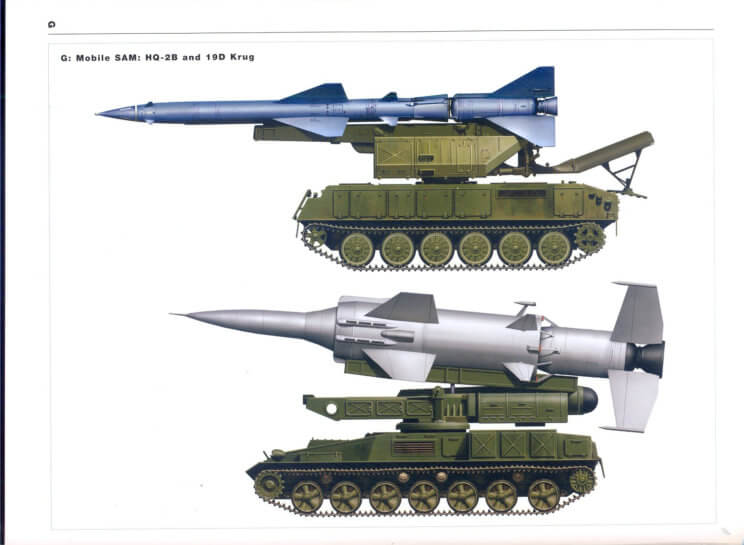
Vietnam is a fresh painful memory for game designers in 1978 and indeed for our hapless combatants. Trapped in a 3rd WW, the armies have all the learning from Vietnam and indeed the Arab Israeli wars where, in just the space of a few years better tactics erased a mobile SAM edge.
To whit:
Here is an interesting contrast between ’73 and ’82:
1973:
“When the Egyptians crossed the Suez Canal, and the Syrians stormed the Golan Heights, their ground forces and strategic targets were protected by SAM and AAA units. It is widely acknowledged that the Israelis suffered heavy losses of aircraft during the fighting in 1973. Exactly how many were lost to SAMs, and to which type of SAM, has been less well documented. Israeli public claims are that 303 aircraft were lost in combat, and other sources identify 40 of these as lost to SAMs, and between 4 and 12 to Arab fighters. This puts most Israeli losses as a result of low altitude AAA fire, and emulates the pattern observed in SEA – SAMs denying the use of high and medium altitude airspace, driving aircraft down into the envelope of high density AAA”
1982:
The next major conflict to see SAMs used in anger was the Israeli invasion of Lebanon in 1982, named “Operation Peace for Galilee”, and intended to drive the PLO out of Lebanon. This well thought out and planned campaign was an absolute rout of the Syrian SAM belt installed in the Bekaa Valley of Lebanon. The first attack of the 9th June, 1982, saw 17 of the 19 Syrian SAM batteries annihilated, the Israelis using airborne standoff jammers extensively, and supported by emitter locating systems, also fired large numbers of AGM-45 Shrike and AGM-78 Standard anti-radiation missiles, in addition to domestically modified Shrikes with rocket boosters, launched from trucks like Katyusha rockets. Crippled and defenseless SAM batteries were then annihilated with free fall bombs.
Source: [http://www.ausairpower.net/APA-SAM-Effectiveness.html]

So. What did Dunnigan say about the airwar in his books about Vietnam [Thanks Dave Mosley – You are forever #TGWE] – per Dunnigan,.”sams account for 196 of 1852 losses”
How to Make War, Dirty Little Secrets of the Vietnam War , Dunnigan.
Facts, numbers and details seem to vary. But loss rates were not terribly high. Did the SAM shots dissuade mission completion? That is a soft factor too hard to assess.
But of course technology does not stand still. These platforms improve and become more effective. One side develops counter measures, the other counters to those.
A cycle we have all read about.
So how does the air defense system work in The Next War from SPI? How do ground units interfere or destroy inbound ground support strikes? How good are the units and what capabilities do the sides have?
This is a typical array shown below.
An HQ, in a stack with Arty and a AA unit. There are also enough AA units to give one
each to the divisions so two C-3 units. The alpha tells us range and efficacy. B rated good, D rated poor. Sometimes a second division might be around so another Flak unit would be present also. up to 4-6 units firing flak [ subject to shot limit per turn]
Our inbound air package has 3 numerals the middle one is used to resolve Intercept combat ( which is what this is classified as if we net it out).
The third numeral is the one we want to apply to the Ground Support combat mission. Six factors added to the defense of a stack that has on average 3-5 factors.
So this is a HUGE deal for it go thru. It must get thru….or it could ALL over!

drama implied!
We take the Flak rating – B for instance and roll a 1d6 and modify for Group intercept rating.
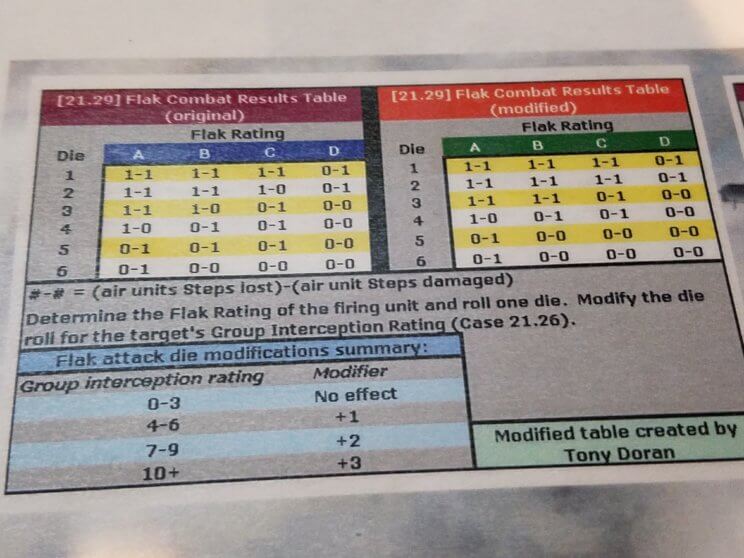
Here is where some confusion lies. My reading of the rules says that you group units and average their intercept rating as a proxy for its defensive capability to avoid SAM.
However others tell me that grouping is indeed only for Flak suppression. I don’t know why and I cant see it in the rules.
This would mean every single unit is attacked by each flak unit, using its individual Intercept rating. Insane. 8-12 die rolls for the above two units in total.
No GS gets thru in that situation I think. Based on our quick history lessons above this does not make sense.
How flak %-ages stack up:
Flak chances: A ‘ B ‘ rated flak shot: The air has a 33% of not taking any type of hits, 0-0 & 33% of no damage, 50% of a no step loss [ you can take step loss OR damage or both].
C rated you have 66% of no step loss, 33% of no damage and 33% no effect.
D rated flak 100% no steps, 66% no damage.
These two guys are shot at 4 times as a group with a plus 1DRM, meaning the chance of rolling 3 or more just went up from 66.66%!
Total rolls for the combat: 2xB 1XC and 1XD. In this case we ended up with 2 damage results. Which convert a step loss I think. That is if we use the averaging method. Not using the averaging method the 2 rated unit loses a step and takes a damage and the R-9-0 dies. Huge difference.
After some further research… Good news is after reaching out to Mark Herman the developer of the game back in ’78 he dimly recalled and subsequently looked up the rule.
Confirming the averaging method. Phew!
The averaging method means you do indeed need to send along support craft to ‘protect’ the ground strike units. That makes a lot of sense to me.
It boosts the average as we see above from 2 to 5 or 6 [2+9/2] depending on how you round up or down. This then provides a positive DRM of +1 which will mean that the strike has a mildly better of chance of not being wiped out by the 4 flak units as we saw.
Fabio helped out :

“I’ve found an example of ground strike in the original rules that works out exactly as you say.
-An air group of 3 f-111 attacks an hex, takes all the flak in range as group with average intercept rating, and then every single surviving F-111 executes its ground strike attack against the hex.-
Well, that’s quite a game changer for NATO. Thanks for pointing this out!”
He goes on to say
“It remains to see if the loss rate on NATO aircrafts used this way is high enough to avoid WP bogging down completely after two turns..”
This is a good point and I want to talk more about this later. As it seems to me that the ideal attack model for the Soviets is NOT ‘all out from the outset”.
Rather wear down the NATO side.
THEN use Chem and EW and possibly nukes to blast thru, IF you can find the right place to do it and capture those VC locations.
My understanding of the strategy of the Soviets was go deep early and break the will to fight. This game system with its relatively tough brigades and relatively high number of them means you will be stymied seeking the mass penetration attack model.
So.. it appears we resolve one conundrum only to be face by a new one.
Don’t you love wargaming!
 drama implied!
drama implied!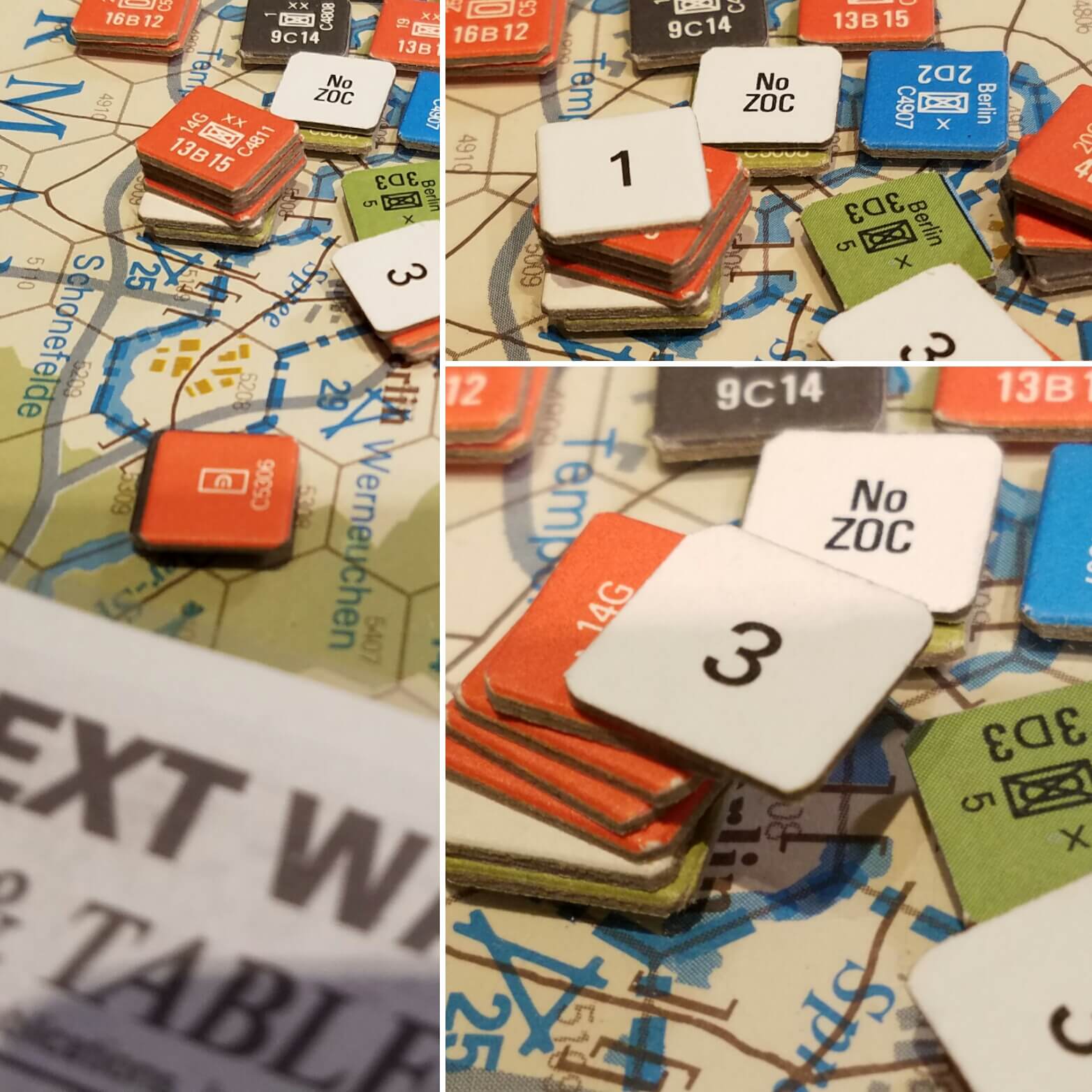


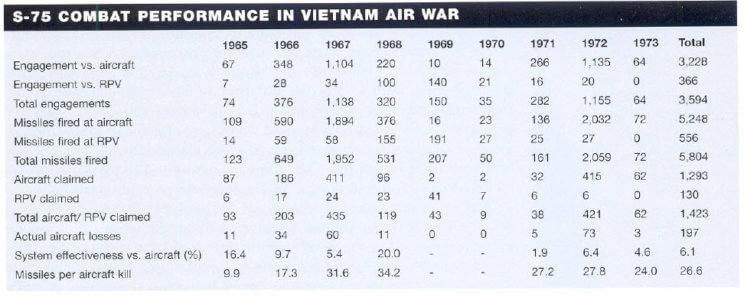
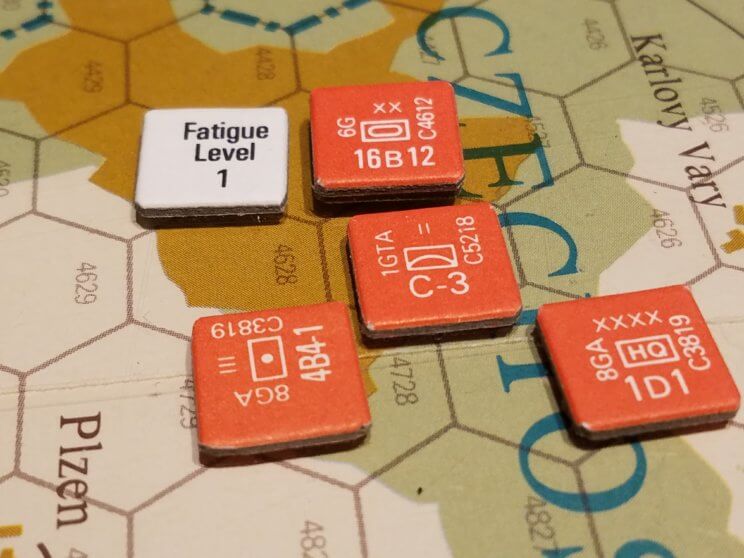
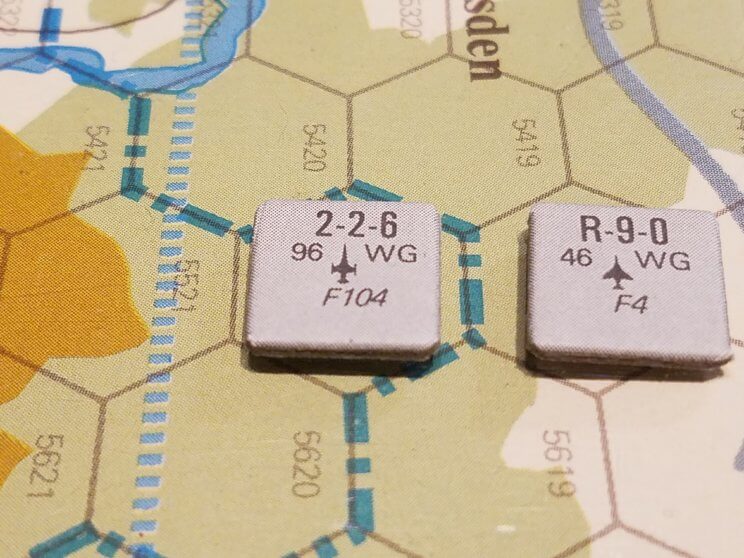

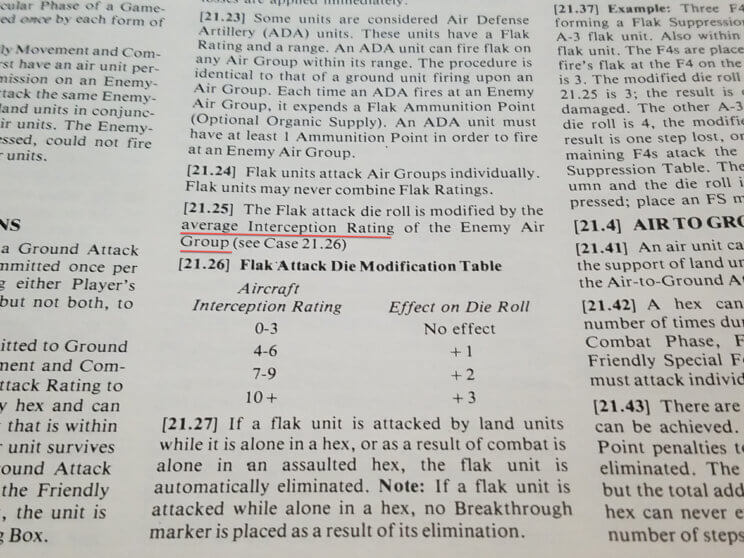

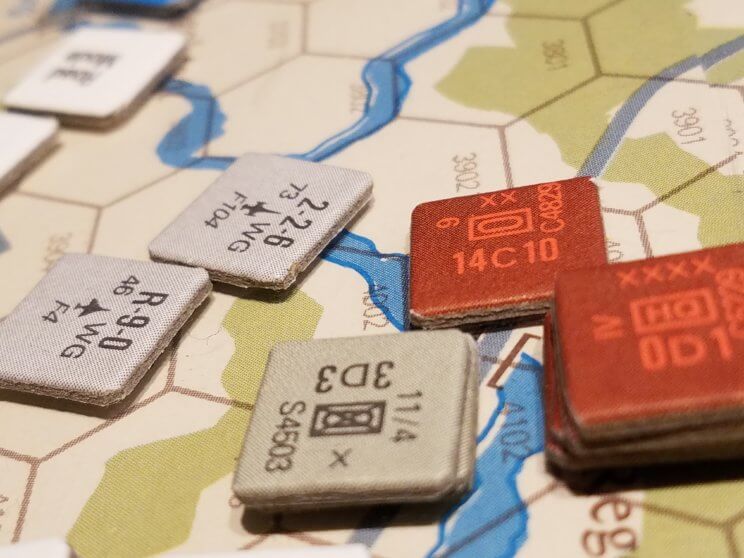
After a little more mumbling, I think the obvious solution for WP is to concentrate even more flak on the main thrusts. 5/6 B or C flaks should be enough to ensure an unsustainable loss ratio for NATO planes.
Of course, that means stripping out the AA umbrella in the rear areas…
Dear Someone.
Interesting. Where there is the ability to do so I think the Soviets will mass Flak resources. That said rear stuff is mostly static. IT would not be unreasonable however to supply each spearhead with double flak units. and weaken the followup forces.
Regarding losses in Vietnam War, NVA had more or less a grand total of 200 SAM launchers.
That’s the equivalent of 5 Soviet first line divisions, or 10 mobile Soviet SAM regiments; a war against Warsaw Pact would have been a problem of a completely different magnitude.
Agreed. It is a data point, and a as I mentioned the technology was evolving rapidly over time then for sure.